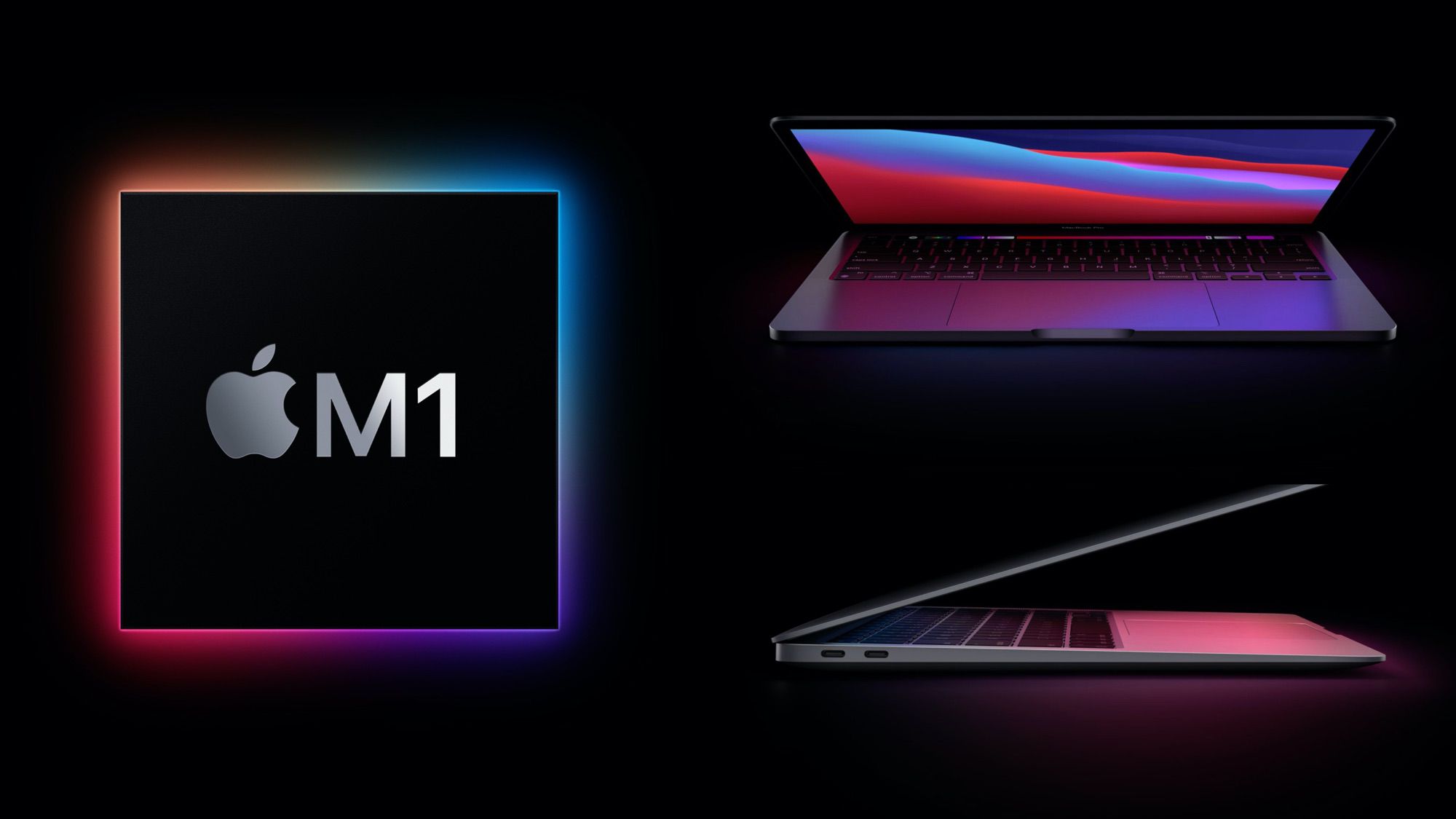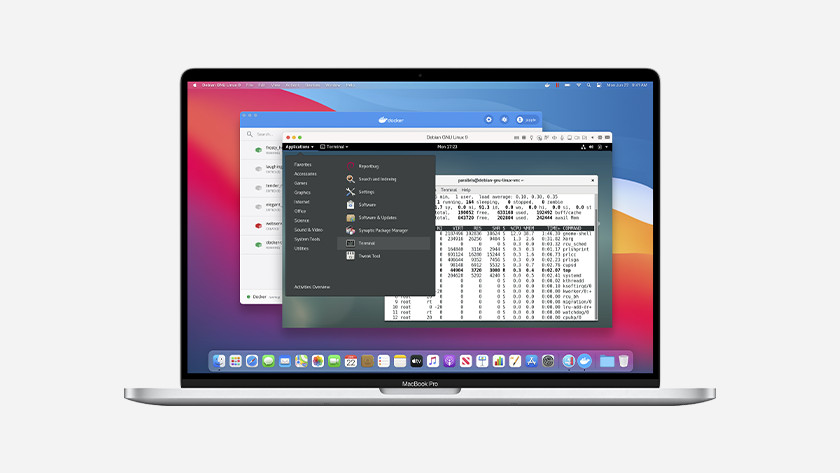Over And Over (SIsilicon) Mac OS
The Mac transition to Apple silicon is the process of changing the central processing unit (CPU) of Apple Inc.' S line of Mac computers from Intel's x86-64 chips to Apple-designed chips that use the ARM64 architecture. CEO Tim Cook announced the two-year transition plan in his WWDC keynote address on June 22, 2020. This is the third time Apple has switched the Macintosh to a new instruction. And pay for your new Mac over 12 months, interest‑free when you choose Apple Card Monthly Installments. Accessories Explore Mac accessories. Apple Trade In Get credit toward a new Mac. Just trade in your eligible computer for credit or recycle it for free. The ARM instruction set is a very small part of Apple Silicon - add to that Apple's expertise in performance and efficiency that Apple's chip design team has developed while designing chips for. MOSISO Silicone Keyboard Cover Compatible with MacBook Pro 13/15 Inch (with/Without Retina Display, 2015 or Older Version),Older MacBook Air 13 Inch (A1466 / A1369, Release 2010-2017), Clear 4.3 out of.
Start up from macOS Recovery

Determine whether you're using a Mac with Apple silicon, then follow the appropriate steps:
Apple silicon
Turn on your Mac and continue to press and hold the power button until you see the startup options window. Click the gear icon labelled Options, then click Continue.
Intel processor
Make sure your Mac is connected to the Internet. Then turn on your Mac and immediately press and hold Command (⌘)-R until you see an Apple logo or other image.
If you're asked to select a user you know the password for, select the user, click Next and enter their administrator password.
Reinstall macOS
Select Reinstall macOS from the utilities window in macOS Recovery, then click Continue and follow the onscreen instructions.
Follow these guidelines during installation:

- If the installer asks to unlock your disk, enter the password you use to log in to your Mac.
- If the installer can't see your disk or notifies you that it can't install macOS on your computer or volume, you may need to erase your disk first.
- If the installer offers you the choice between installing on Macintosh HD or Macintosh HD – Data, choose Macintosh HD.
- Allow installation to complete without putting your Mac to sleep or closing its lid. Your Mac may restart and show a progress bar several times, and the screen may be empty for minutes at a time.
When the installation is complete, your Mac may restart to a setup assistant. If you're selling, trading in or giving away your Mac, press Command-Q to quit the assistant without completing setup. Then click Shut Down. When the new owner starts up the Mac, they can use their own information to complete the setup process.
Other macOS installation options
When you install macOS from Recovery, you get the current version of the most recently installed macOS, with some exceptions:
Over And Over (sisilicon) Mac Os Catalina
- On an Intel-based Mac: if you use Shift-Option-Command-R during startup, you'll be offered the macOS that came with your Mac, or the closest version that is still available. If you use Option-Command-R during startup, in most cases you'll be offered the latest macOS that is compatible with your Mac. Otherwise you'll be offered the macOS that came with your Mac, or the closest version that is still available.
- If the Mac logic board was just replaced, you may only be offered the latest macOS that is compatible with your Mac. If you've just erased your entire startup disk, you may only be offered the macOS that came with your Mac, or the closest version that is still available.
Over And Over (sisilicon) Mac Os Download
You can also use these methods to install macOS, if the macOS is compatible with your Mac:
- Use the App Store to download and install the latest macOS.
- Use the App Store or a web browser to download and install an earlier macOS.
- Use a USB flash drive or other secondary volume to create a bootable installer.